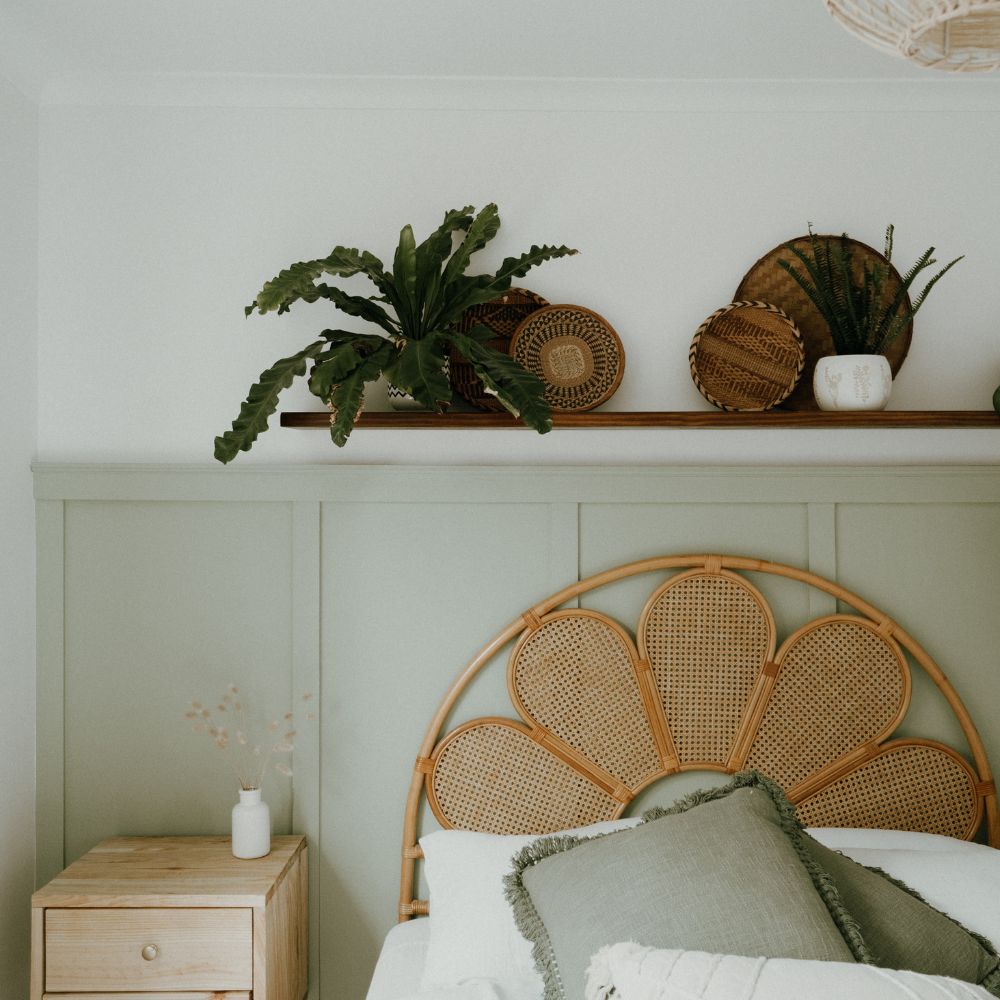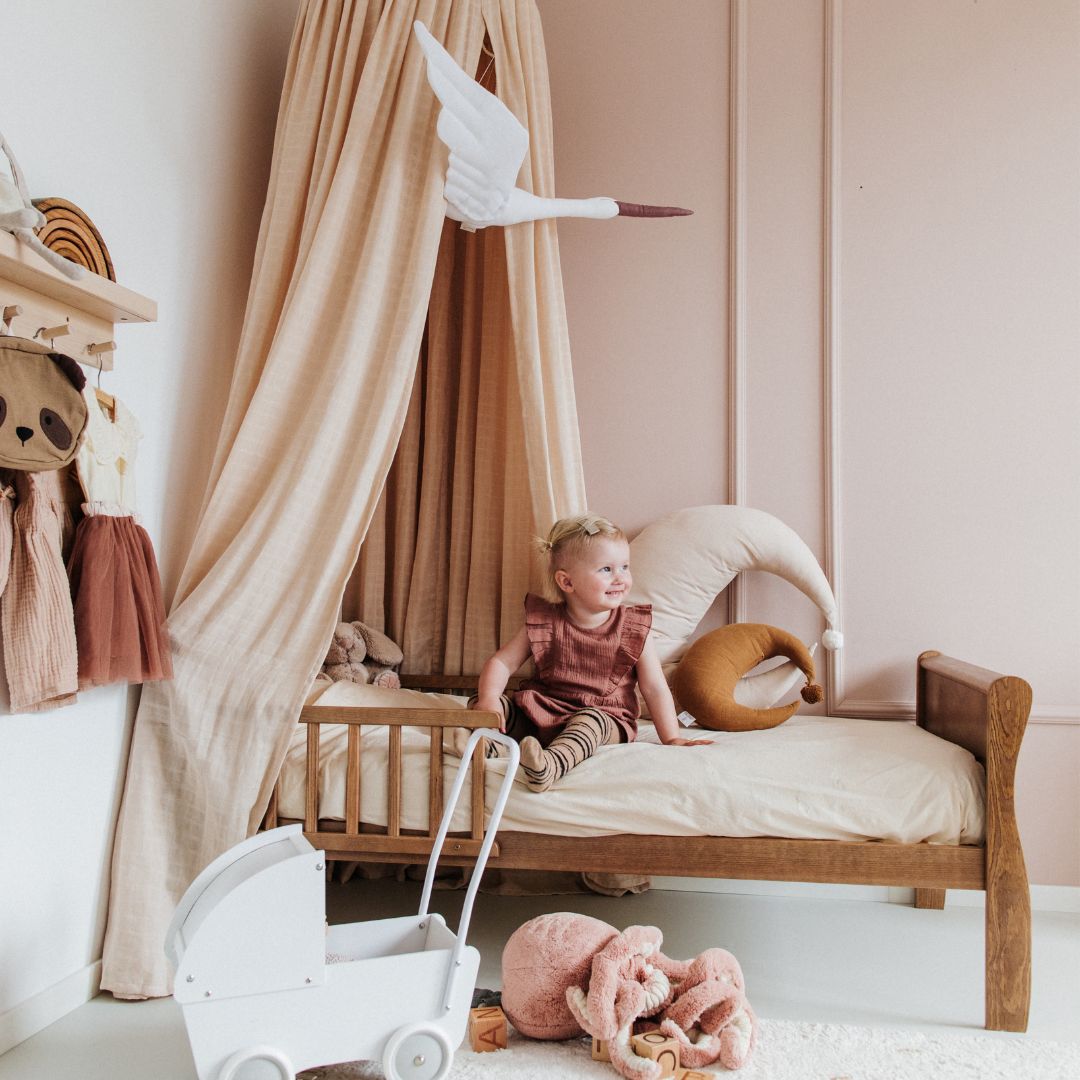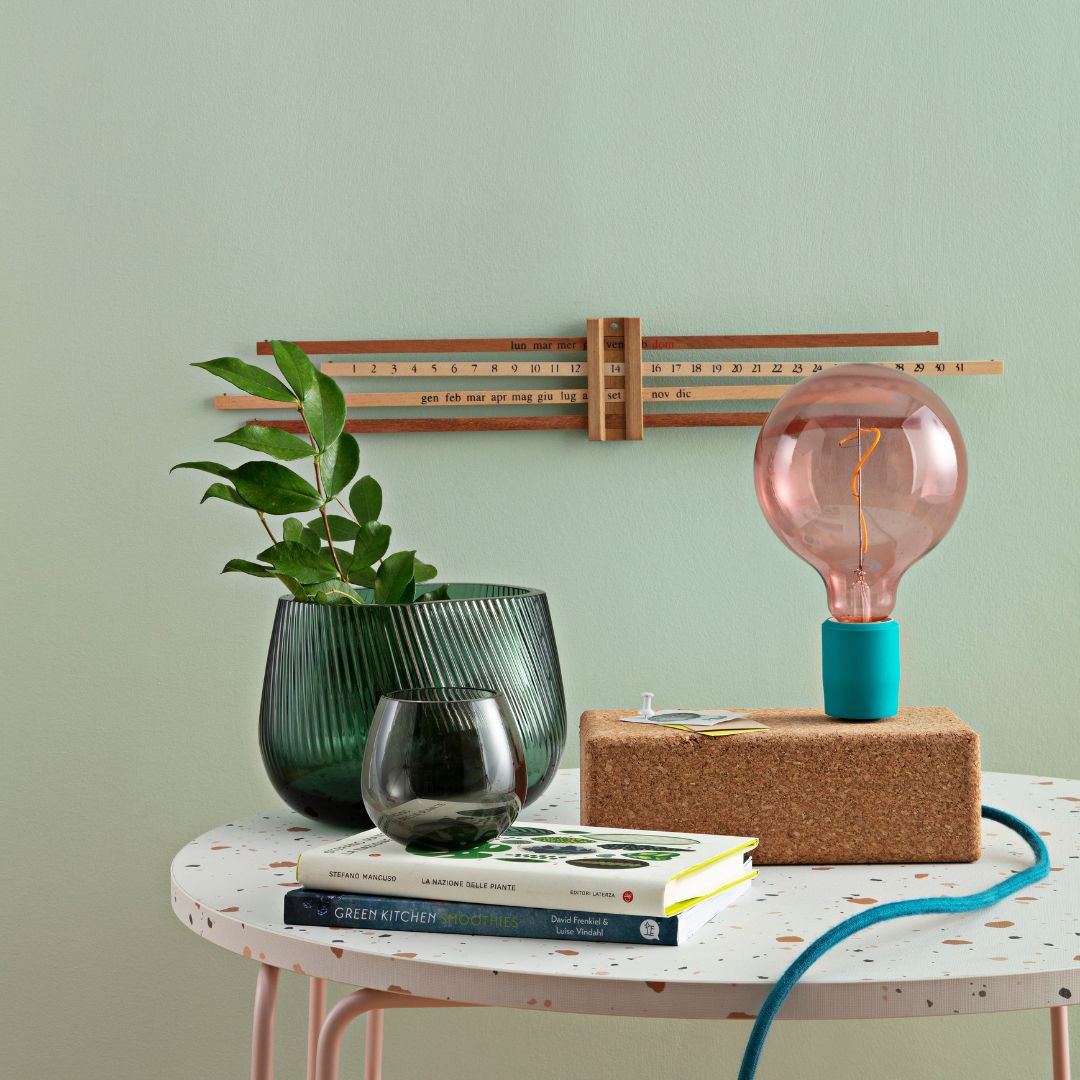When undertaking painting work, whether renovating an interior space, refreshing an exterior facade, or even giving a new lease of life to a piece of furniture, the choice of decorative paint attracts all of our attention. However, one crucial and often underestimated element must be considered before even thinking about color and finish: the undercoat, also known as a primer.
The primer , although hidden under the layers of paint, plays a fundamental role in the success and rendering of your project. It not only ensures better adhesion of the paint, but also determines its durability whether on the walls or ceiling. A quality primer can greatly improve the final appearance of your interior painting project, ensuring a uniform finish and hiding minor imperfections on your walls. On a technical level, it helps prevent problems such as humidity, stains and peeling, also increasing the longevity of the paint.
Undercoats for special indoor surfaces
For optimal results, it is crucial to choose a primer that is suited to the nature of the surface to be painted to optimize the rendering. Take the example of wood , a porous material that requires a primer that can seal the pores and prevent resin or stains from seeping through the paint (especially for tannic woods). A specific primer for tannic wood will improve adhesion and ensure a smooth and uniform finish.
The undercoat dedicated to metal surfaces
Metal, on the other hand, has unique characteristics. Metal primers are formulated to prevent rust and ensure a strong bond on non-porous surfaces. They are essential, especially for metal surfaces exposed to the elements.
For example, the Algo undercoat will not be suitable for use on a metal surface: it is therefore important to find out about the undercoat to apply depending on the surface.
Undercoat for plaster or on already painted walls
Other specific surfaces, such as plaster or previously painted walls and ceilings, may also require specialized primers. Choosing the right primer depends on factors such as surface porosity, humidity conditions, and exposure to weather conditions that will determine the paint's proper adhesion. It's always advisable to carefully evaluate your project to determine the most suitable type of primer for your interior walls.
However, these are completely conventional supports which are for the most part accessible for the majority of undercoats, thus facilitating their attachment.
The universal undercoat
Universal underlays, as their name suggests, are designed to be versatile and adapt to various surfaces, such as walls and ceilings. They are a practical solution when your project involves multiple types of materials, or when you are looking for a simple and effective option.
One of the main advantages of universal underlayments is their ease of use. They reduce the need to stock multiple types of underlayments for different projects. However, it's important to note that while they are versatile, they may not offer the same specialized performance as underlayments dedicated to a specific type of surface. For example, a universal underlayment may not be as effective on a very smooth metal surface or highly porous wood compared to an underlayment specifically designed for those materials.
In conclusion, the choice between a specialized primer and a universal primer depends on your specific project. A careful assessment of the surfaces to be painted and their specific needs will guide you towards the best option.
Technical criteria for choosing the underlay
Surface porosity
Surface porosity is one of the first factors to assess. A highly porous surface, such as raw plaster or untreated wood, absorbs a lot of paint, which can lead to an uneven finish and higher paint consumption (and therefore lower coverage). A primer suitable for these surfaces will help seal the pores, allowing for better adhesion and more economical use of the finishing paint, thus providing a better finish.
Undercoat adhesion
Adhesion is another crucial aspect. A good primer must provide strong adhesion to ensure the top coat of paint adheres properly to your walls, preventing problems like peeling or blistering. This is especially important on smooth or non-porous surfaces, where paint tends to adhere less easily.
The resistance of the underlayment
Moisture resistance is also a key factor, especially in moisture-prone environments like bathrooms or kitchens. A moisture-resistant primer will prevent mold and flaking, extending the life of the paint.
Why choose our Algo underlay?
Our range of ecological undercoats stands out not only for its composition highlighting natural elements, but also for the quality of the primer which can be applied with a roller, brush or spray gun!
The Algo primer is multi-surface, which means it can be used on several types of surfaces: walls, ceilings and woodwork in particular.
A quality undercoat
Designed to provide superior adhesion and long-lasting durability, they are the ideal foundation for any painting project. Our products are formulated to resist moisture and ensure a consistent finish on any surface, all while using natural ingredients to ensure less than one gram of VOCs per liter.
“Promises kept, odorless undercoat, very pleasant to apply and good coverage. Sprays very well. I'm very happy with it! Thank you!”
Malaury, January 8, 2024.
Our customer testimonials attest to the effectiveness of our primer. Many have noted that the paint adheres well to the walls and makes applying the topcoat easier. Successful renovation projects and stunning furniture makeovers are testament to the quality of our primers, which have helped our customers realize their creative visions with remarkable ease and efficiency.
Contact our customer service!
Our team is always available to answer your questions and provide advice. Whether you need help choosing the right primer or want to learn more about applying our products, we're here to help.







